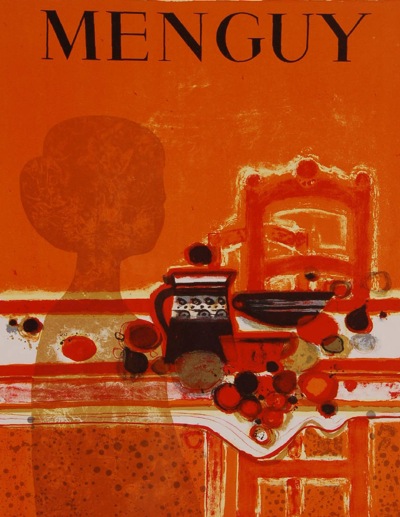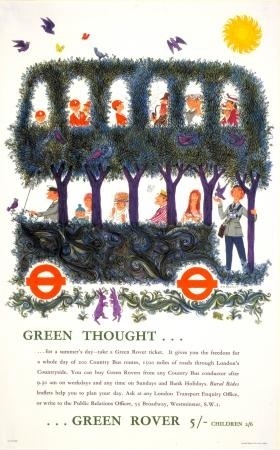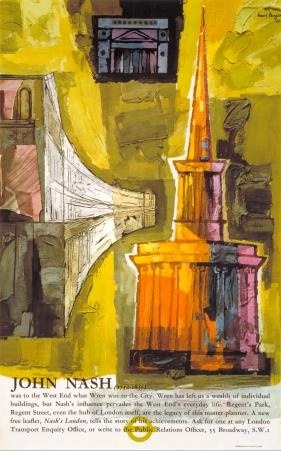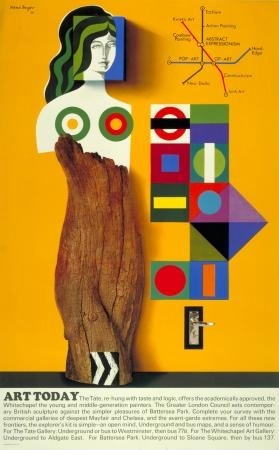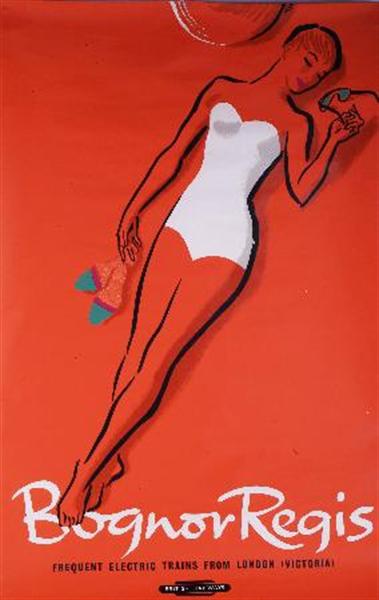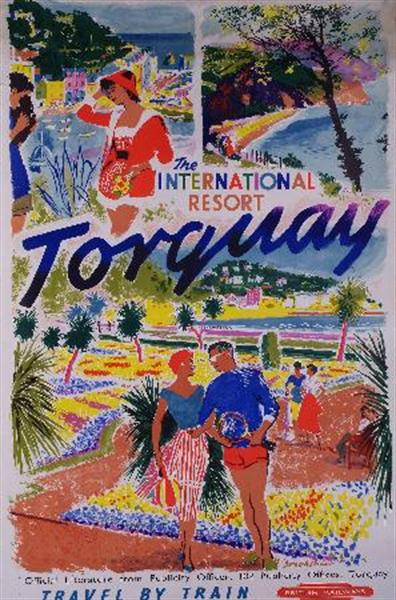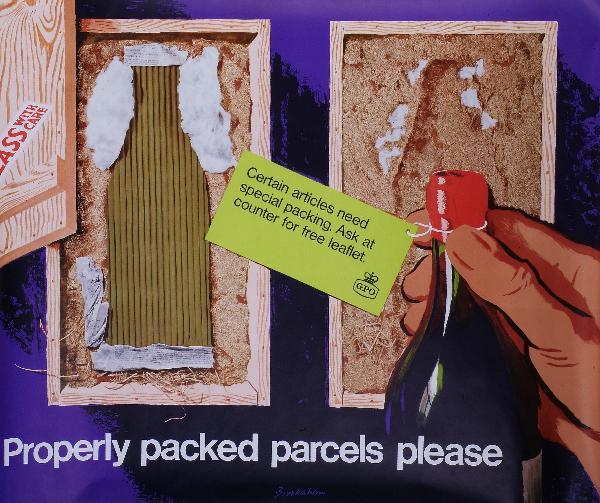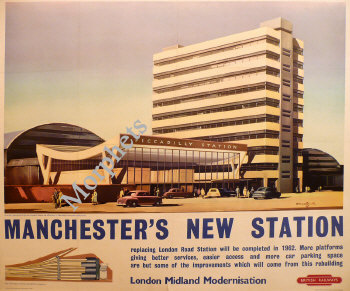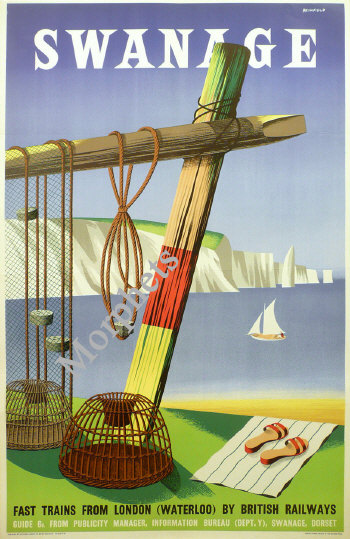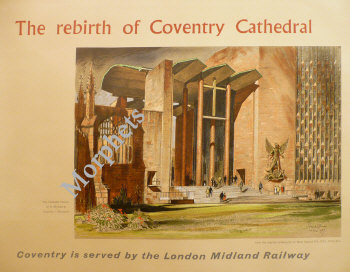At the end of last year, MrCrownfolio and I made some enquiries about selling some posters at Christies. We have done this before, although the combination of something being good enough quality and us wanting to get rid of it doesn’t come round that often. But, as will become apparent, it’s unlikely ever to happen again. Because the (very polite) reply from Christies was that they now had a minimum lot value of £800. Yes, that’s right, £800.
I couldn’t quite get my head round this, because it seemed so unlikely. Would Christies really want to turn away so many of the posters which have filled their recent sales, from railway posters like this,
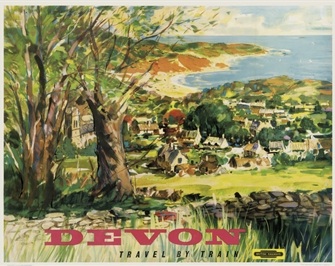 (£375, Sept 2008)
(£375, Sept 2008)
which is a species of railway poster I rather like, probably because of the type. Or this classic Abram Games
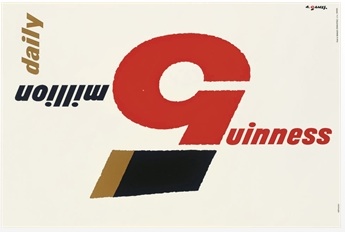 (£375, June 2008)
(£375, June 2008)
So I contacted Nicolette Tompkinson, the head of their poster department, who confirmed that this their new policy.
…the general policy here at Christie’s for new consignments is to include posters that have a minimum lot value of £800. Our aim is put together higher quality sales with less lots as we feel that at £800+ we consistently sell a high percentage of lots at a good price.
I still find this both extraordinary, and a great shame. There are now a whole swathe of poster types which now won’t be sold at Christies, from the kitchier post-war railway posters such as this anonymous Clacton poster,
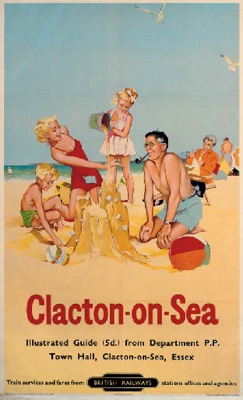 (£275, Sept 2007)
(£275, Sept 2007)
to post-war London Transport posters (and, indeed, a great many pre-war ones as well).
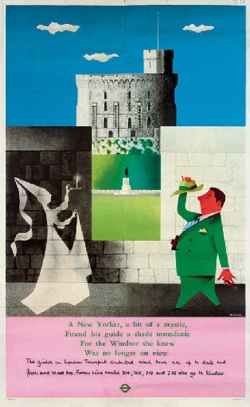 (£250, Sept 2007)
(£250, Sept 2007)
And there are a number of designers – not only Abram Games, but also Royston Cooper,
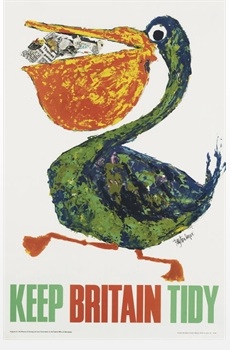 (£375, June 2008)
(£375, June 2008)
and of course Tom Eckersley
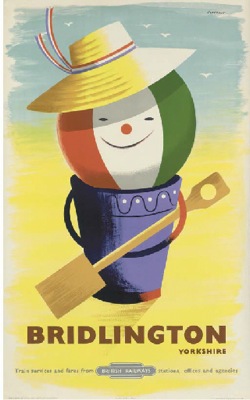 (£264, Sept 2006)
(£264, Sept 2006)
who just won’t appear in their sales any more.
Now, you may be wondering, does this really matter? After all, there are other auctions where these posters can be bought and sold (if I were Patrick Bogue, say, I would be rubbing my hands with glee right now). But I think it does; not just because these are exactly the kind of posters I like and I don’t want to see them left out in the cold, but because I believe it will damage the market in two ways.
One is quite simply that I think fewer posters will now come to market, because they won’t fetch such high prices as they would have done at Christies. Nicolette Tompkinson seemed to suggest that their higher fees were putting off buyers anyway,
In addition, due to a commission rate of 15% and the minimum marketing fee of £40 it is also expensive to sell here at a lower level.
Personally, we’ve never found that too much of a problem. Most of the time the extra fees at Christies are more than cancelled out by a much higher hammer price, so the good posters are – or were – almost always worth putting into their sales rather than somewhere else, despite the costs involved.
But I think the Christies decision will do more than just depress the market financially. There is a sense in which a large auction house operating in this area acts to underwrite the market – these posters are perceived as being both more valuable and more collectable because they are sold at prestige auctions. Without those auctions happening – and without those visibly high prices – post-war graphics and posters are going to struggle for a while. It’s rather like buying a house in an ‘up-coming’ area; fine during the boom, but rather harder to sell in a recession.
But not all of this is Christies’ fault; to some degree they are just reflecting what is happening anyway. Going through their catalogues has made me realise just how much prices have dropped from the peak of a few years ago. Take this rather wonderful Hass poster,
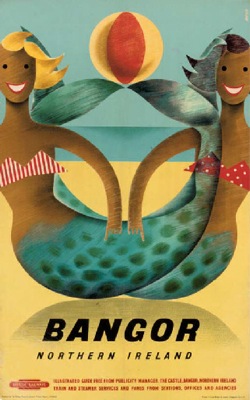
That sold for £1,500 in September 2007, but just £375 two years later. And the cheaper one was in better condition too.
Plus it’s not even all doom and gloom for us either. As collectors, we could now afford things that would have been out of reach before (that Hass poster, for example). It’s just that the posters under the bed may not be our pension fund for a while yet.
One final note of cheer. Here’s an Eckersley for sale in a posh auction – Bloomsbury Auctions on 25th March. From the description, I’m pretty sure it is this,
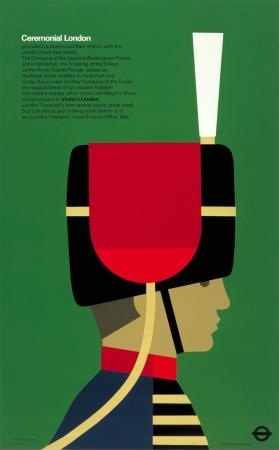
from 1976, estimated at £100-£150. So life could be worse really.
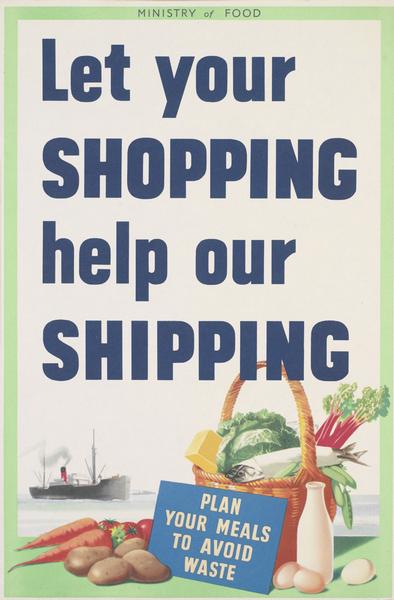
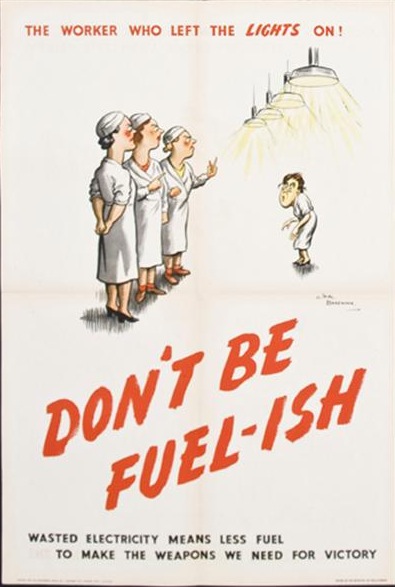
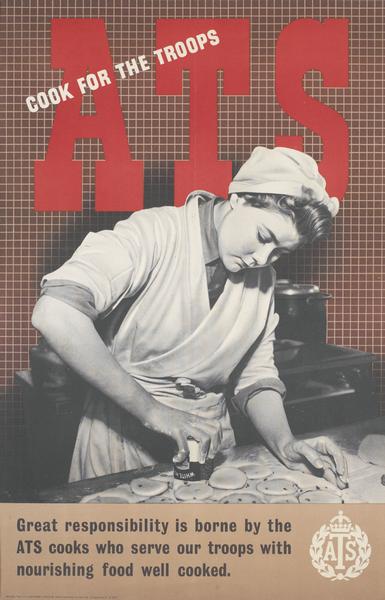
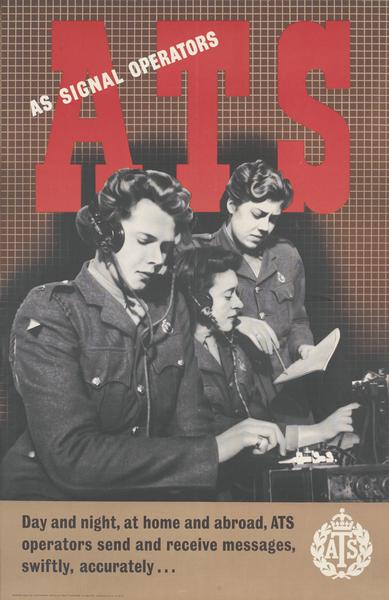
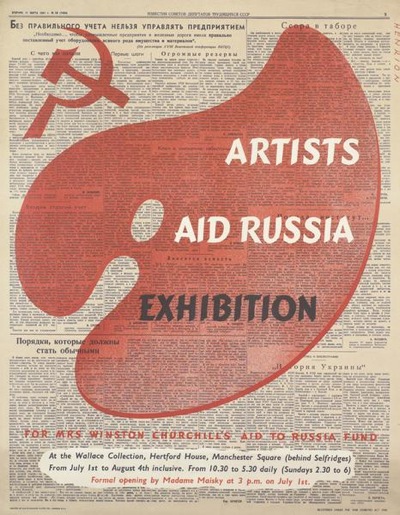



 (£250, Sept 2007)
(£250, Sept 2007)



